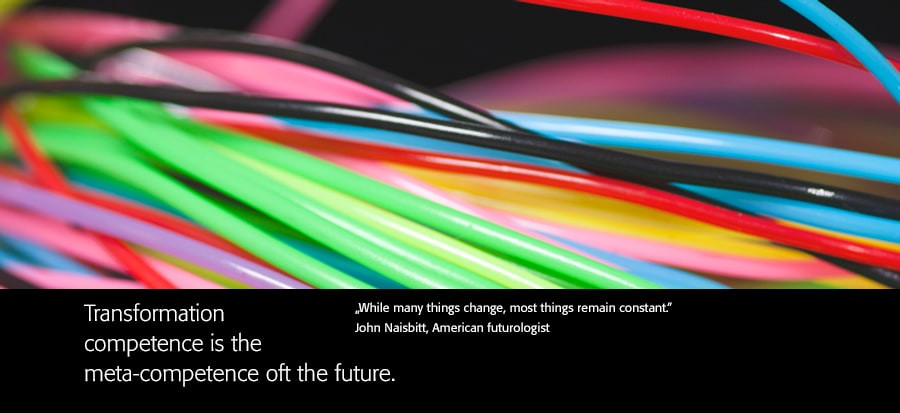

According to the German dictionary for the start-up community (Gründerszenelexikon, 2017), disruption is a process in which an existing business model or an entire market is replaced or "smashed" by rapidly growing innovation (…) While an innovation is a renewal that does not fundamentally change the market (…)
In 1997, Harvard graduate Clayton Christensen developed the theory of disruption, which implies that any company, no matter how successful and established it may be, may one day find itself in a disruptive and thus existence-robbing process. (“The Innovator‘s Dilemma”). Currently, 63 per cent of the world's corporations are affected by disruptions, according to a survey by Accenture management consulting.
Digitization increases the potential for disruption
We are living in the age of digitization, and disruptive innovations are demonstrably most common in the digital economy, where established technologies, distribution models and markets are being massively replaced. However, how can companies face up to disruption? Far-sightedness on a horizontal and vertical level, a strong innovation culture of one's own and also diversification can be successful safeguarding tactics. Besides, what happens on the employees' side?
New ideas arise from uncertainty
Companies that want to actively adapt to disruptive developments need employees who are able to leave old thought patterns and familiar approaches and who can cope with uncertainties. This requires courage and fresh thinking of human resources managers. They need to give their employees the scope and freedom to be creative and to feel encouraged to ignore familiar processes and practices, and to question currently yet successful products and business models.
This is not an easy task, especially as there are often established corporate structures and values that hinder innovative processes. However, anyone who wants to recognize and realize innovation potentials must open up corresponding scope for action.
Be aware – be fast – be active – be encouraged
If employees meet these four demands, then there is a good chance of tapping transformative potential and tackling change in good time.In this context,it is worth mentioning the remarkable keywords "Sensing", "Seizing" and "Pitching" because they define a process that makes changeability possible:
Sensing:the aim is to detect signals of change at an early stage. This means that employees are allowed to look beyond their own horizons, theoretically bustle about with unfamiliar subject areas, identify and evaluate opportunities freely and openly, etc. In addition, it is crucial to analyse customer wishes precisely and to act in a customer-oriented manner.
Seizing:is meant to determine quickly and with efficient use of resources whether the changes could result in an opportunity (= added value).
Pitching:Learning and Reflecting are thematic heavyweights of Disruption Competence. It is important to strengthen the learning orientation and to firmly anchor learning and reflection routines in everyday working life.
Adaptability through adaptation of competence structures
Classical in-company training models based on knowledge transfer and qualification are not suitable for dealing with disruptions. Employees need to develop dynamic skills that foster and guide their openness and creativity. In addition, organizational structures are needed that create acceleration paths to enable and strengthen responsiveness and action orientation.
It is high time for competence building and, in particular, disruption competence to find their way into in-company training systems.


